A journalistic account of the Amber Room, once of the Catherine Palace near St Petersburg in Russia. It is indeed journalistic, disjointed, breathless, unfocussed, self-centred, inaccurate, and clumsy. One reader’s opinion.
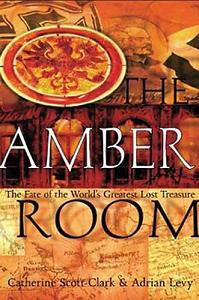
The Amber Room was an Eighth Wonder of the World in its day. Wondrous, indeed it is.
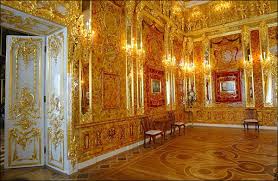
First, what is amber? It is the resin dripped from the trees in the primordial forests that flourished where the Baltic Sea is now. In time it is fossilised into a soft stone, let us say for the sake of illustration. That was millions of years ago. The smell in a pine forest is carried by the resin excreted by the trees. In sustained hot weather it drips from the trees. The drips pile on top of each other in clumps like small stalagmites. With rain and then climate change these clumps on the forest floor were washed into the rivers and thence into the emerging and enlarging Baltic Sea where tidal action drives it into pockets along the shore. Most clumps are the size of a golf ball or smaller, which are too heavy to float on top and too light to sink to the bottom and stay there.
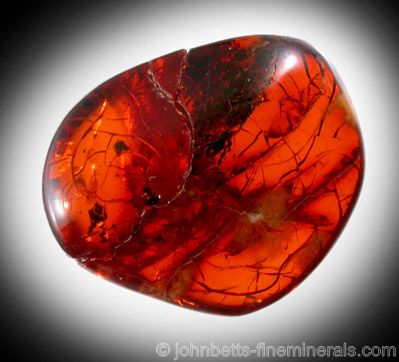 Red amber.
Red amber.
Amber has been valued as jewellery since human habitation in the region. In time artisans learned how to work it, by carving and polishing and then later using heat to shape it, then to dye it with vegetable extracts, wine, or honey. Most prized became clear pieces in which an insect was trapped by the sticking, dripping resin. These were talismen for pre-historic Nordic peoples. We saw some spectacular examples of such jewels in our Baltic sojourn in 2016.
One of the prizes of the Baltic Coast of Prussia was amber. There is a superb krimi which is set among the women who harvested amber for the Hanseatic market in the Seventeenth and Eighteenth Centuries, Michael Gregorio, ‘A Visible Darkness: A Mystery’ (2011), one in a series based on a judicial officer, Hanno Stiffeniis. Very atmospheric and detailed.
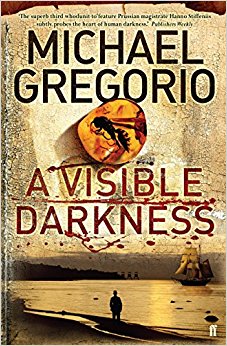
In the Prussian court of the Seventeenth Century there occurred a rivalry among architects, artists, decorators, and artisans for the favour of a new queen, Charlotte, later of Charlottenburg Palace. One competitor who was being displaced by younger rivals, knowing the King’s reluctance to part with a pfenning devised a project based on using what was already in storehouses, tons of amber in those clumps. There followed a technological leap from small items of jewellery to panels twelve feet high and three or four feet wide.
At the time an ounce of amber was more than ten times the value of an ounce of pure gold. It was more rare and precious than gold by a factor of ten. It had been stockpiled because the cost of the jewels limited the market. No other Baltic country had such riches of amber on its shores, thanks to the peculiarities of tidal action, location of ancient forest, etc. The idea of using what was sitting in the basement appealed to the king, and the project started to create an amber room, i.e., a room panelled in amber. Extraordinary as it was it did not find favour and the panels, once made, went back to the storeroom.
In 1701 Prussia and Russia were allies against the Swedish juggernaut, and to seal the deal the Prussian king wanted to entrench himself with Peter the Great, Tsar of all the Russians. Peter had a fondness for amber, and ‘Voilà!’ There was the answer, a gift like no other to someone who would appreciate it. The amber panels were packed up and dispatched to St Petersburg. Peter was overwhelmed but there was a war on and the panels stayed in boxes.
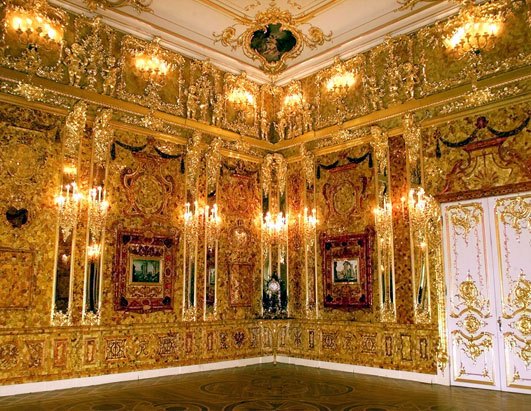
The Tsarinas who succeeded Great Peter did have the panels mounted to create a room but moved it several times. It is fragile when extended to the size of panels and there must have been breakage but no details were recorded. Then the German Tsarina, who had grown up with amber jewellery, came to the throne and she made what became known as the Amber Room in the eponymous Catherine (the Great) Palace, a summer residence outside St Petersburg. Walls were lined with gold and silver leaf foil and the amber placed over it interspersed with mirrors. In flickering candle light, with bejewelled courtiers moving about the very walls themselves would seem also to teem with life.
There it stayed, surviving the revolutions and upheavals until 1942 when the advance of German armies targeted Leningrad, as the city had become. The order went out to all Soviet cultural institutions west of the Ural Mountains to pack up everything and ship it east. So much easier said than done. None of the curators had experience in moving whole collections and everything necessary for the task was in short supply, from timber for packing cases, to men to load them, to railway cars to transport them.
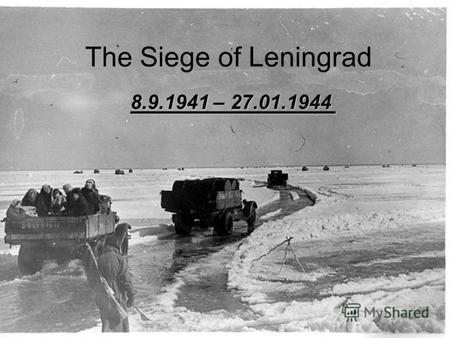
In the Catherine Palace the Amber Room was the obvious priority, the problem was how to dismantle it without destroying it, and then how to ship it over roads and rails under aerial attack. Heating in the Palace over the years had made the amber brittle, even more fragile as early efforts indicated. If cracked, some pieces simply disintegrated into dust. In the end the responsible curators could not square this circle and to the sound of German artillery decided to hide the Amber Room with its tons of amber by papering over the walls and painting the floor and in another adjacent room they tried to make it look like wall panels had been removed from it. Nice try.
As the Wehrmacht advanced there followed in its train the treasure hunters, special units commissioned by Hermann Göring to loot treasures and send them back to the Reich. The Amber Room was at the top of the list for these units approaching Leningrad.
The Germans occupied the Catherine Palace area quickly and the Amber Room disappeared as the siege of Leningrad began.
From this point onward information is fragmentary, partial, hearsay, distorted, self-serving, false, and incomplete. In the crisis of war and battle records were not always kept in detail and many such records as were made became collateral damage in the German advance and then three years later in the Russian advance. The Red Army was followed by its own treasure hounds to reclaim looted goods and to loot more as reparations. At the top of their list was…. The Amber Room.
The records that do exist show that the German treasure hunters found the room quickly and dismantled it in thirty-six hours! That is hard to credit. There is no record of how much damage was done in that haste. The German records show that the trove and much else from the east was shipped to Königsberg, the historic capital of Prussia where it was placed in the Castle Museum. This city is so far east it is now in Russia, Kaliningrad, once home to Soviet boomers.
In January 1945 the Russians were coming and the RAF was bombing Königsberg to block the harbour, destroy the railroad yards, cut roads, and then to destroy the town itself. Half the Castle was destroyed either by RAF bombs or Red Army artillery. A few weeks later, after the Soviets had taken over the rest of it was burned either by accident or design. On one of these occasions the amber of the Amber Room went with it.
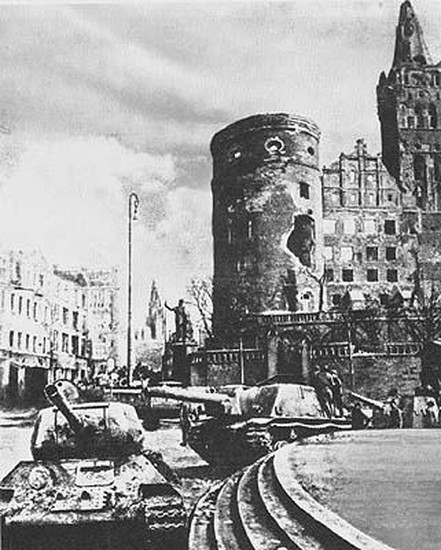 Königsberg Castle in 1945.
Königsberg Castle in 1945.
Everything after the initial receipt at Königsberg is vexed, contradictory, inconsistent, undocumented, rife with conspiracy theories, and lost. Despite the many years the authors spent on the trail, they found nothing because there was nothing to find. This fact is disguised by the pitiless details that are heaped up in the book as though altitude yielded enlightenment. The authors, seemingly fluent in both Russian and German went here, there, and everywhere in Russia and Germany to track down survivors and records. The ensuing discussions were fruitless and the records scant, Instead we have endless detail of the number of stairs climbed, the knocks on the door, the shuffling feet heard inside, the second knock, the forms filled out in archives, the colour and feel of empty file folders, the cigarettes smoked by interviewees, the aroma of the tea offered, the mercenary attitude of Russian museum staff, the apologetic demeanour of German curators, and on and on. A traveller across a desert may describe in detail a mirage, but it remains a mirage, and these two travellers have described in detail the illusions they chased…to no avail. It is all trip with no arrival.
My impatience with the journalistic style together with the dawning realisation that there was no story to tell, led me to reading only every other page and then later every other chapter. I did not miss anything. This was a technique I learned in graduate school to cope with the impossible reading assignments, though with that reading I did miss a lot. Though even with this stream-lined approach it was still heavy going.
Having heard many stories of our Russian travels, a friend lent me this book. He said it was overlong. What a subtle understatement. As to substance it is indeed overlong, as to content it is short. Fully three-quarters of it is puff. By the way the giant equestrian statue near the Arsenal in St Petersburg mentioned early in the book is of Peter the Great, not Catherine the Great. Nor is Saxony south-east of Königsberg on map. Perhaps a new prescription for contact lens is in order.
 Catherine Scott-Clark and Adrian Levy
Catherine Scott-Clark and Adrian Levy
Yes the book has a lot to say about the rivalries among curators, the terrible political infighting, the disastrous wars, the personalities involved, but such subjects are treated in many far better books by historians, biographers, and novelists than this effort. It is described as a best seller, but what is not so described today.
For an orderly and succinct exposition of the Amber Room turn to Wikipedia. A replica was completed in the 1990s and we saw it on our tour of the Catherine Palace. It is indeed a wonder though lacking in the mystique of the original.
Skip to content
